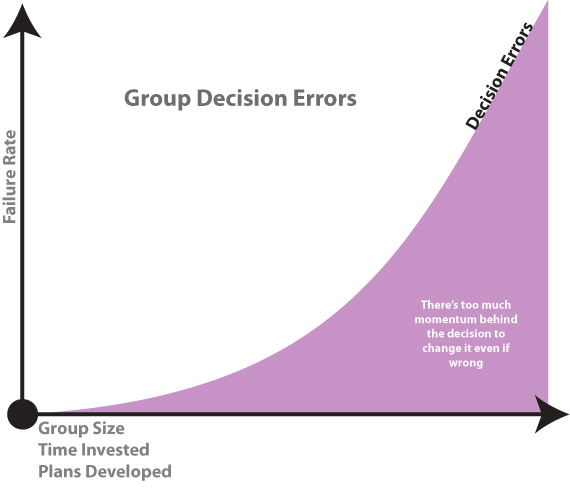Once the trial is over, jury deliberations start. What happens behind those closed doors? Why is it that some juries can’t agree and deadlock, resulting in a mistrial? Group dynamics have a lot to do with the final outcome and the final verdict.
Research shows that there two different paths that a jury can take in their deliberations:
- Evidence-based Path: the deliberations start by examining and making judgments about each piece of evidence; and
- Verdict-based Path: the deliberations start by each member of the jury declaring their position on the verdict, stating publicly if they believe the accused is guilty or innocent of the crimes.
Juries that travel Verdict-based path are more likely to result in mistrials. Why? At least part of the answer has to do with the public declaration and having to defend a particular point of view from the beginning. Once an individual makes a commitment in front of his/her peers, changing that position is perceived as a weakness. And the longer the person attempts to defend his/her point of view, the more difficult it is to change his/her mind.
Consider the graph below.

The larger the investment, the more difficult it is to change the trajectory of decision-making in a group. Clearly, this doesn’t only apply to juries but to any group of individuals working together, cooperatively or collaboratively, on a project. This includes product design and development.
What’s the takeaway? Don’t declare your position early in a meeting and don’t force others to do so. Once a person publicly states his/her feelings, moving them from that position is very difficult, even when they are wrong.
